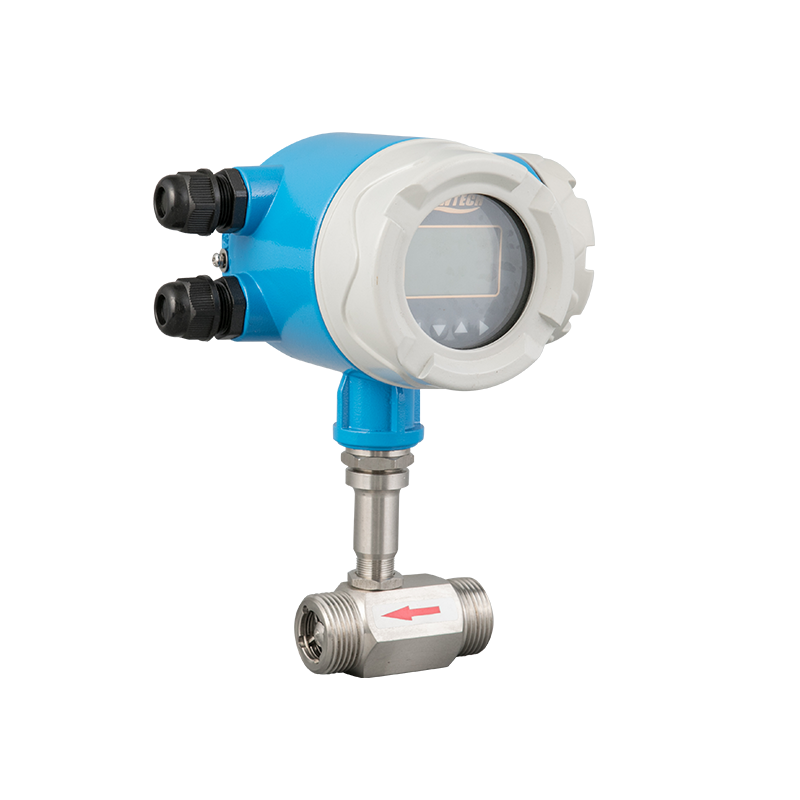Advantage
Ultrasonic flowmeter is a non-contact instrument, it can not only measure the flow of large pipe diameter medium, but also can be used to measure the medium that is not easy to contact and observe. Its measurement accuracy is very high, and it is almost free from the interference of various parameters of the measured medium. It can especially solve the flow measurement problems of strong corrosive, non-conductive, radioactive and flammable and explosive media that other instruments cannot.
Shortcoming
The current shortcomings are mainly that the temperature range of the measurable fluid is limited by the temperature resistance of the ultrasonic transducer aluminum and the coupling material between the transducer and the pipe, and the original data of the sound transmission velocity of the measured fluid at high temperatures is incomplete. At present, our country can only be used to measure fluids below 200°C. In addition, the measurement circuit of the ultrasonic flowmeter is more complicated than that of the general flowmeter. This is because the flow velocity of liquid in general industrial measurement is often a few meters per second, and the propagation velocity of sound waves in the liquid is about 1500m/s. The change in the velocity of the measured fluid (flow rate) brings a large amount of change in the speed of sound, which is also 10- 3 orders of magnitude. If the accuracy of measuring the flow velocity is required to be 1%, the accuracy of the sound velocity measurement needs to be 10-5~10-6 orders of magnitude, so it can be achieved only with a complete measuring circuit. This is also the only way for ultrasonic flowmeters. The reason for practical application can only be obtained under the prerequisite of the rapid development of integrated circuit technology.
Ultrasonic flowmeter is composed of three parts: ultrasonic transducer, electronic circuit and flow display and accumulation system. The ultrasonic transmitting transducer converts electrical energy into ultrasonic energy and transmits it to the fluid to be measured. The ultrasonic signal received by the receiver is amplified by the electronic circuit and converted into an electrical signal representing the flow rate for display and totalizer for display And accumulate. In this way, the flow detection and display are realized.
The piezoelectric element of the transducer of an ultrasonic flowmeter is often made into a circular sheet, which vibrates along the thickness. The diameter of the sheet is more than 10 times the thickness to ensure the directionality of vibration. Piezoelectric element materials mostly use lead zirconate titanate. In order to fix the piezoelectric element so that the ultrasonic wave is injected into the fluid at a proper angle, the element needs to be placed in the acoustic wedge to form the whole transducer (also called the probe). The material of the acoustic wedge not only requires high strength and aging resistance, but also requires a small energy loss after the ultrasonic wave passes through the acoustic wedge, that is, the transmission coefficient is close to 1. The commonly used acoustic wedge material is plexiglass, because it is transparent, and the assembly of piezoelectric elements in the acoustic wedge can be observed. In addition, some rubber, plastic and bakelite can also be used as acoustic wedge materials.
www.kio-tech.com







 English
English 中文简体
中文简体 русский
русский España
España